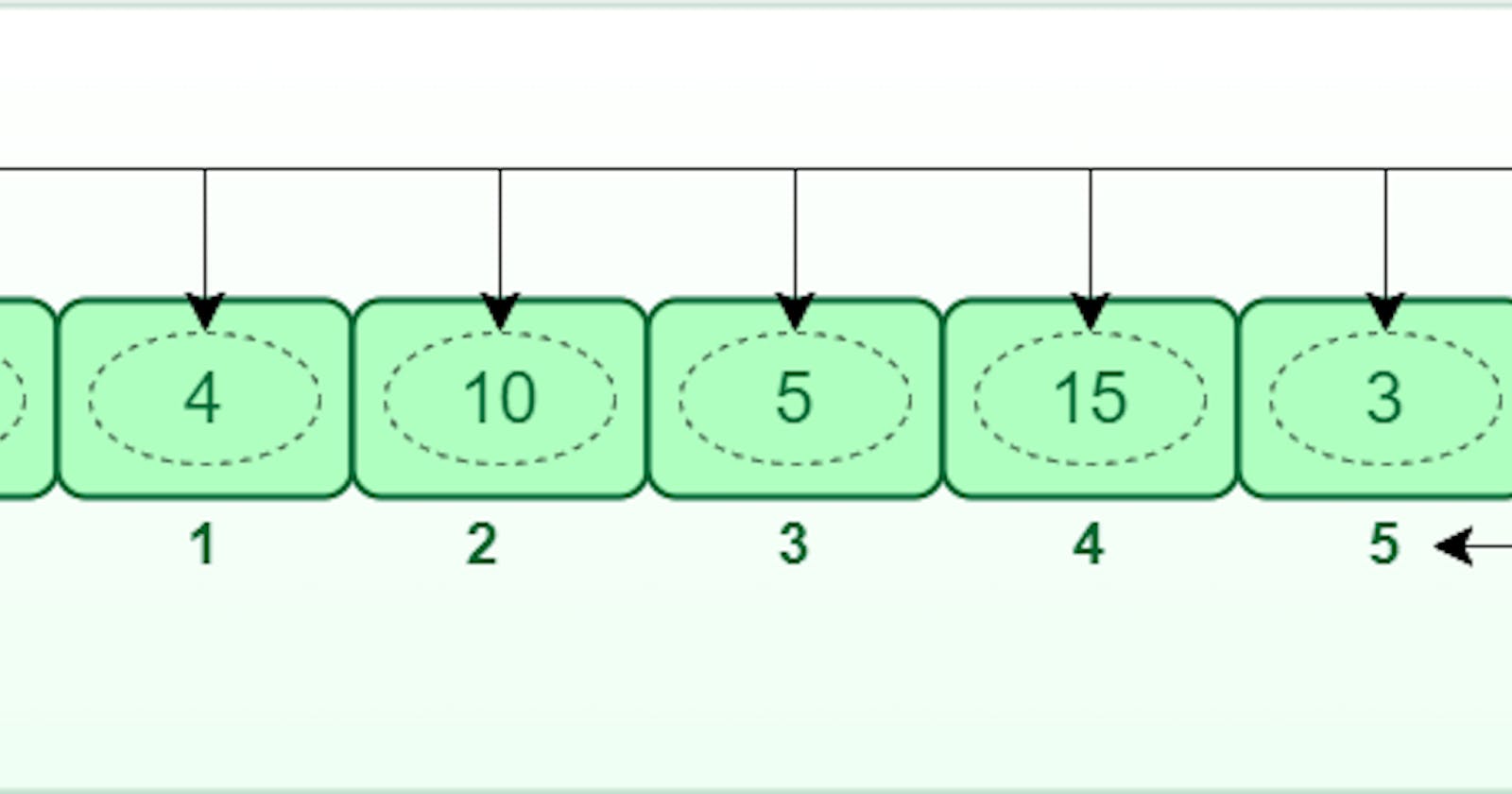PHP provides us with a powerful tool called associative arrays, which allows us to organize and access data using key-value pairs.
In this article, we will explore the concept of arrays, understand what makes an array associative, delve into the advantages of associative arrays, learn how they are denoted, discuss key-value pairs with values of any type, explore different methods to access associative arrays and showcase the utilization of 2D arrays. To illustrate their practical application, we will use real-world examples from a school setting, with a particular focus on Anita's comprehensive student profile.
Understanding Arrays An array is a data structure that enables the storage and organization of multiple values within a single variable. It provides a means to logically group related data elements. Each value within an array is associated with a unique position, known as an index or a key, allowing for easy retrieval and manipulation of specific elements.
Associative Arrays
A Unique Approach In PHP, an array can be either indexed or associative. While indexed arrays use numeric indices to access elements, associative arrays employ meaningful strings as keys. This key-value pairing feature gives associative arrays their name, allowing us to associate values with specific identifiers, providing a more intuitive and descriptive way to access and manipulate data.
The Power of Associative Arrays Associative arrays offer numerous advantages over indexed arrays, making them an invaluable tool in various scenarios. Here are a few reasons why associative arrays are widely used:
Intuitive Data Management
By using meaningful keys, associative arrays provide a clear and descriptive representation of data. In a school application, we can use student names as keys to store their corresponding grades, attendance records, contact information, and more.
Efficient Data Access
Associative arrays excel when working with large datasets or when the order of elements is not important. Unlike indexed arrays that rely on numerical indices, associative arrays enable direct access to values using their associated keys. This facilitates faster and more efficient searching and retrieval of specific information.
Denoting Associative Arrays In PHP, associative arrays are denoted using curly braces ({}) and key-value pairs separated by the => (arrow) symbol. The key represents the identifier associated with a value, while the value can be of any data type supported by PHP. Let's consider a complex example of Anita's student profile in a school setting:
$anitaProfile = [
"name" => "Anita",
"grade" => 10,
"subjects" => ["Math", "English", "Art"],
"contact" => [
"email" => "anita@example.com",
"phone" => "345-678-9012"
]
];
In this example, we create an associative array called $anitaProfile to store comprehensive information about Anita. The array contains various key-value pairs representing her name, grade, subjects, and contact details.
Accessing Associative Arrays To access values in an associative array, we can use the key as an index within square brackets ([]). For example, let's retrieve Anita's grade and contact email from the $anitaProfile array:
$anitaGrade = $anitaProfile["grade"];
$anitaEmail = $anitaProfile["contact"]["email"];
By using the corresponding keys, we retrieve Anita's grade and her contact email address.
Exploring 2D Arrays and Accessing Elements In certain situations, we may need to create a 2D array, which is an array of arrays. Suppose we want to store information about multiple students, including their names, grades, and attendance records. Here's an example of a 2D associative array representing a group of students:
$studentData = [
"Anita" => [
"grade" => 10,
"attendance" => 92
],
"John" => [
"grade" => 11,
"attendance" => 85
],
"Emily" => [
"grade" => 9,
"attendance" => 97
]
];
In this example, we use the students' names as keys, with each key associated with another associative array containing their grade and attendance information.
To access elements within a 2D array, we can use multiple keys. Let's retrieve John's grade and Emily's attendance from the $studentData array:
$johnGrade = $studentData["John"]["grade"];
$emilyAttendance = $studentData["Emily"]["attendance"];
By using the appropriate keys, we access John's grade and Emily's attendance percentage.
Other Array Operations Associative arrays in PHP provide various operations to manipulate and alter the array structure. Let's explore a few common operations:
Adding Elements
To add elements to an associative array, we can assign a value to a new key or use the array notation to append a new key-value pair. For example:
$studentData["Sarah"] = [
"grade" => 8,
"attendance" => 95
];
Modifying Values
To modify the value associated with a specific key, we can directly assign a new value to that key. For example, let's update Anita's grade to 11:
$anitaProfile["grade"] = 11;
Removing Elements
To remove a specific element, we can use the
unsetfunction followed by the key of the element we want to remove. For example, to remove John's data:
unset($studentData["John"]);
Determining Array Length
Although associative arrays don't have a built-in function to determine their length, we can use the
countfunction in combination witharray_keysto calculate the length. For example:0
$arrayLength = count(array_keys($studentData));
Conclusion
Associative arrays in PHP provide a versatile and efficient way to manage and organize data, especially in real-world scenarios such as school applications. By utilizing key-value pairs, we can associate meaningful identifiers with values of any data type, enabling intuitive data management. With various operations to manipulate and access associative arrays, developers can create dynamic and adaptable data structures that meet specific application requirements. So, whether you're building a school application or handling complex data sets, harness the power of associative arrays to efficiently manage and retrieve information.
Resources
For more information, visit here

